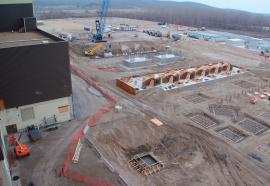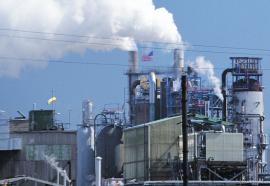Lessons From Lodi
New turbine technologies offer unprecedented flexibility.
If there’s an electric power project under development that best reflects the current state of the U.S. gas turbine market, it might be the Northern California Power Agency’s (NCPA) 280-MW, natural gas-fired combined-cycle plant in Lodi, Calif.











